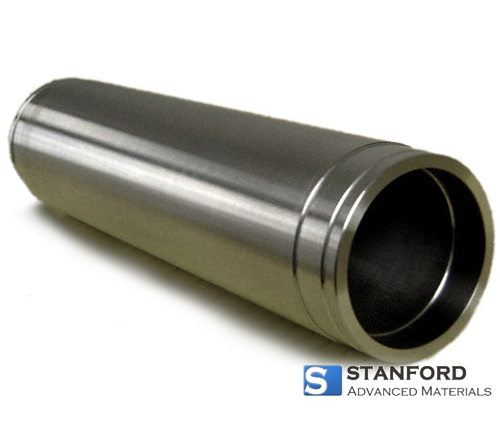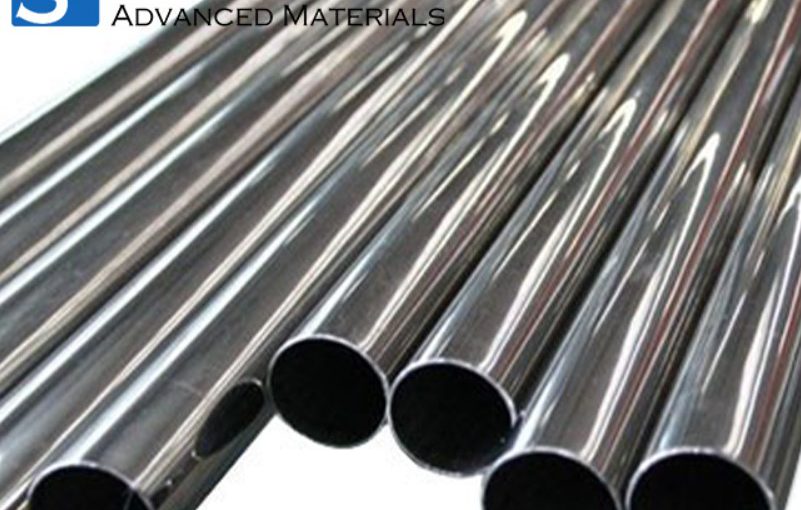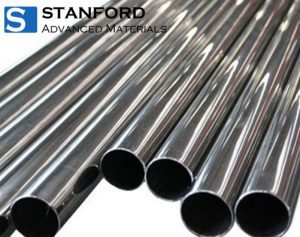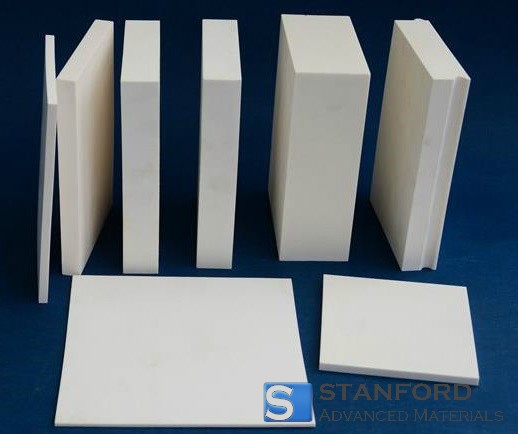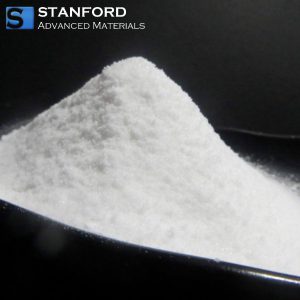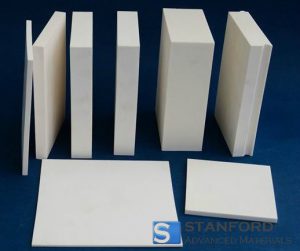In the previous article, we introduced the basic properties of zirconium alloys and the problems that easily occur during the welding process. Next, we will explain how to ensure the welding quality of zirconium alloys and some precautions.
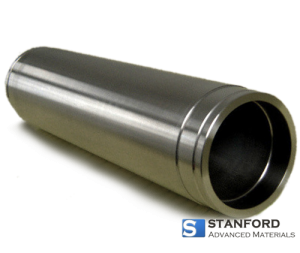
Precautions for zirconium alloy welding
- In the welding prefabrication stage of a large number of welds, a special closed clean place needs to be set up, and strict control of environmental dust pollution and air humidity. For example, when entering the construction site, measures such as wearing clean labor insurance shoes must be worn to ensure the cleanness of the welding environment. In the outdoor installation environment, make a temporary operating room to achieve clean conditions.
- Strengthening the requirements for the weld joint groove and within 70mm of both sides of the groove and the cleanliness of the surface of the welding wire is an important factor to ensure the welding quality.
- In the welding process of zirconium alloy, pores are the most prone to defects, and it is mostly concentrated near the fusion line and the centerline of the weld. The most critical steps to prevent the occurrence of welding porosity defects are to strengthen the control of the cleanliness and humidity of the welding environment, and to enhance the cleaning of the bevel and the surface of the welding material, so as to improve the quality of the internal and external protection of high purity argon in the weld zone.
- The zirconium alloy has a low thermal expansion coefficient, a small amount of thermal deformation, and a small volume change during phase change. It has a low content of impurities such as sulfur, phosphorus, and carbon, so there is no obvious tendency to form cracks during welding. However, when the welding seam absorbs a certain amount of oxygen, nitrogen and hydrogen gas impurities, the performance of the welding seam and the heat-affected zone will become brittle. If there is stress in the weld in the peer group, a cold crack will occur. In addition, the hydrogen atoms have the property of diffusing and accumulating to the high-stress parts in the heat-affected zone at a relatively low temperature, which promotes the formation of relatively weak links in these parts, which may lead to the occurrence of delayed welding cracks.
- In the welding test, manual tungsten argon arc welding with low welding line energy and convenient gas welding protection should be selected; The larger-diameter welding torch nozzle, the outer surface of the weld seam, and the internal argon filling method of the pipe are used for air isolation to achieve the purpose of the weld seam not being oxidized and absorbing harmful gases.
- The filler wire used for zirconium alloy welding should be selected according to the principle of matching the composition of the base metal. The surface of the welding wire must be free from defects such as heavy skin, cracks, oxidation, and metal or non-metallic inclusions. The welding wire should be cleaned and dried before use.
- Zirconium alloy tungsten arc welding requires high-purity argon with a purity of not less than 99.999%, and its impurity content meets the requirements of the current GB / T4842 standard. Due to the extremely high requirements for the purity of the welding protective gas, the welding process needs to be continuously inflated and cannot be interrupted halfway, otherwise, the argon filling must be replaced again. The method of using an ordinary single bottle of argon direct gas supply cannot meet the protection requirements. Multiple bottles of argon gas need to be connected in series to increase the gas supply capacity, and multiple welders can be operated simultaneously by dividing the cylinder.
- Because zirconium alloys are active at high temperatures, relying solely on the argon gas supplied by the argon arc welding torch nozzle to protect the molten pool and high-temperature bead and heat-affected zone during welding cannot guarantee the welding quality. In order to ensure that the requirements for gas isolation in high-temperature areas and prolonged argon protection time are met, special external gas protection devices for pipes must be added to provide high-purity argon isolation protection for weld pools, high-temperature weld beads and heat-affected zones at high temperatures.
Stanford Advanced Materials supplies high-quality zirconium alloy products to meet our customers’ R&D and production needs. Please visit https://www.samaterials.com/ for more information.
